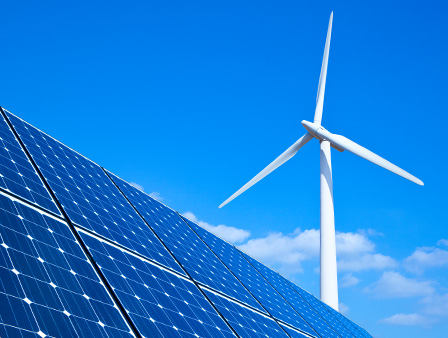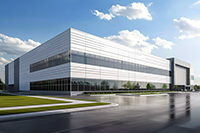developing innovative and exceptional solutions
Landmark Dividend is a global leader in the acquisition, development and management of real estate and infrastructure. Our investment focus is real property interests and infrastructure for wireless communications, digital infrastructure, outdoor advertising and renewable power generation.
Since 1985 Landmark Dividend has completed more than 6,800 transactions totaling more than $4.5 billion, and more than $25 billion in total real estate acquisitions and financings.
We acquire and manage properties that serve as the foundation for cell towers, billboards, solar projects, wind turbines as well as critical infrastructure assets including enterprise, colocation, cloud, wholesale and retail datacenters.
Landmark is committed to providing tailored, structured transactions that align with our clients financial goals. Our reputation for outstanding customer service, transparent communication, and swift closing processes speaks to our dedication to our clients' success.
Drawing on our decades of expertise and personalized service, we work with individuals, corporations, municipalities, faith-based organizations and government institutions to achieve their financial objectives.
Why Landmark?
Industry Knowledge
Decades of experience and innovation enable us to tailor our offerings and achieve the best outcome for our customers, partners and investors.
Personal Approach
Our operational expertise and creative approach make us the partner of choice, offering flexibility across the credit spectrum and short turnarounds for all asset sizes.
Maximizing Value
Landmark offers creative solutions that immediately free up capital, reduce operational burdens and provide access to mission-critical assets.










